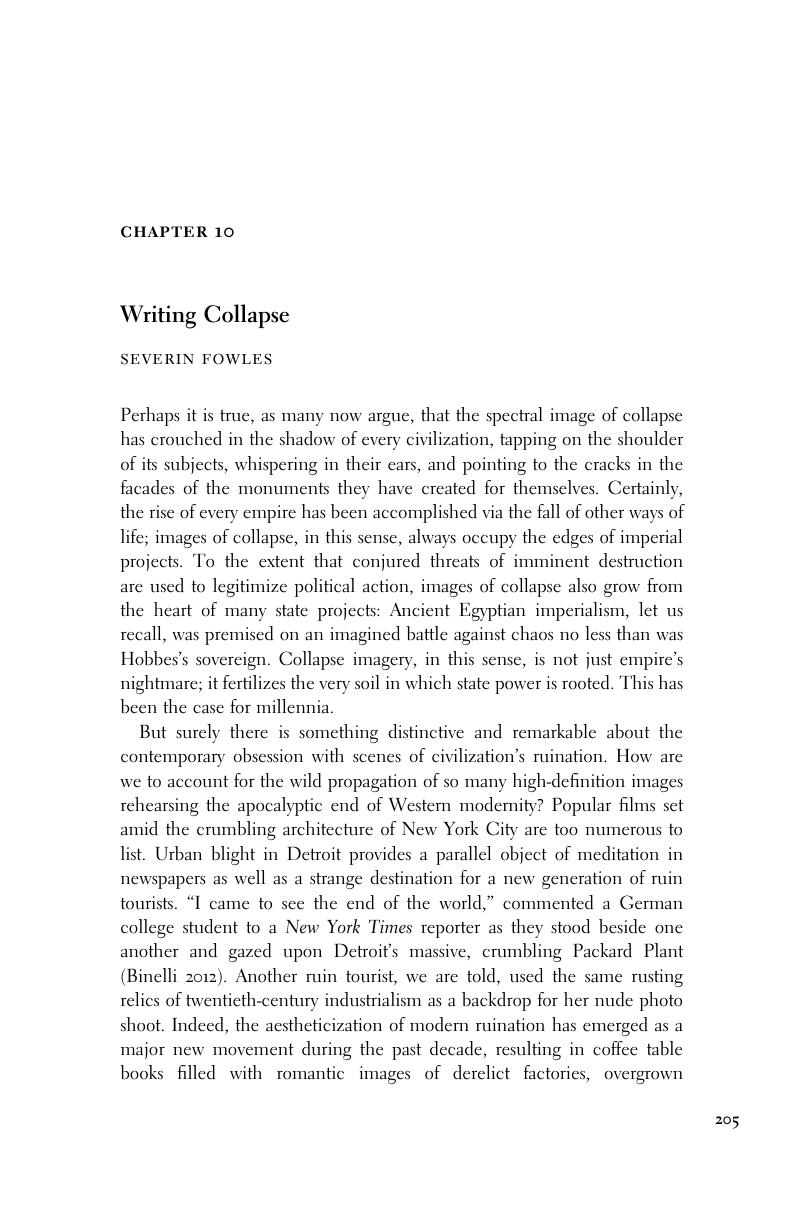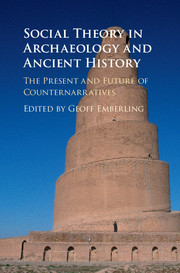Book contents
- Social Theory in Archaeology and Ancient History
- Social Theory in Archaeology and Ancient History
- Copyright page
- Contents
- Figures
- Tables
- Contributors
- Preface
- Part One Introduction
- Part Two Cultural Trajectories
- Part Three Cities, States, and Empires
- Part Four Collapse and Resilience
- 10 Writing Collapse
- 11 Objects in Crisis: Curation, Repair, and the Historicity of Things in the South Caucasus (1500–300 BCE)
- 12 Leaving Classic Maya Cities: Agent-Based Modeling and the Dynamics of Diaspora
- Part Five Archaeology and History
- Part Six Commentary
- Index
- References
10 - Writing Collapse
from Part Four - Collapse and Resilience
Published online by Cambridge University Press: 05 November 2015
- Social Theory in Archaeology and Ancient History
- Social Theory in Archaeology and Ancient History
- Copyright page
- Contents
- Figures
- Tables
- Contributors
- Preface
- Part One Introduction
- Part Two Cultural Trajectories
- Part Three Cities, States, and Empires
- Part Four Collapse and Resilience
- 10 Writing Collapse
- 11 Objects in Crisis: Curation, Repair, and the Historicity of Things in the South Caucasus (1500–300 BCE)
- 12 Leaving Classic Maya Cities: Agent-Based Modeling and the Dynamics of Diaspora
- Part Five Archaeology and History
- Part Six Commentary
- Index
- References
Summary

- Type
- Chapter
- Information
- Social Theory in Archaeology and Ancient HistoryThe Present and Future of Counternarratives, pp. 205 - 230Publisher: Cambridge University PressPrint publication year: 2015
References
References Cited
- 2
- Cited by

